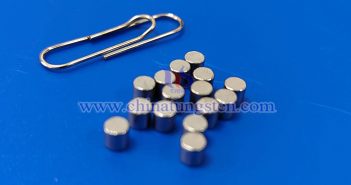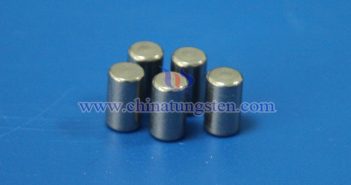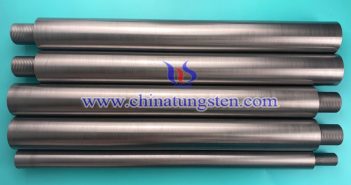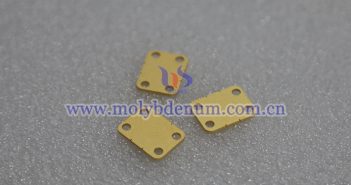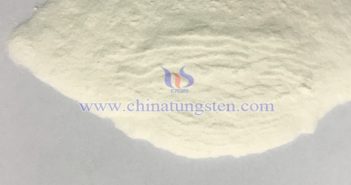
The uniformity of thermal emission of barium tungsten electrode is the core indicator that determines its performance stability and application effect, and directly affects the working efficiency and life of electronic devices (such as microwave tubes and X-ray tubes). Its uniformity is jointly regulated by multi-dimensional influencing factors such as material composition, preparation process, working environment and surface state. 1. Material Composition and Microstructure 1.1 Barium Tungsten Ratio Regulation Work Function Optimization: Barium (Ba) doping can significantly reduce the work…


